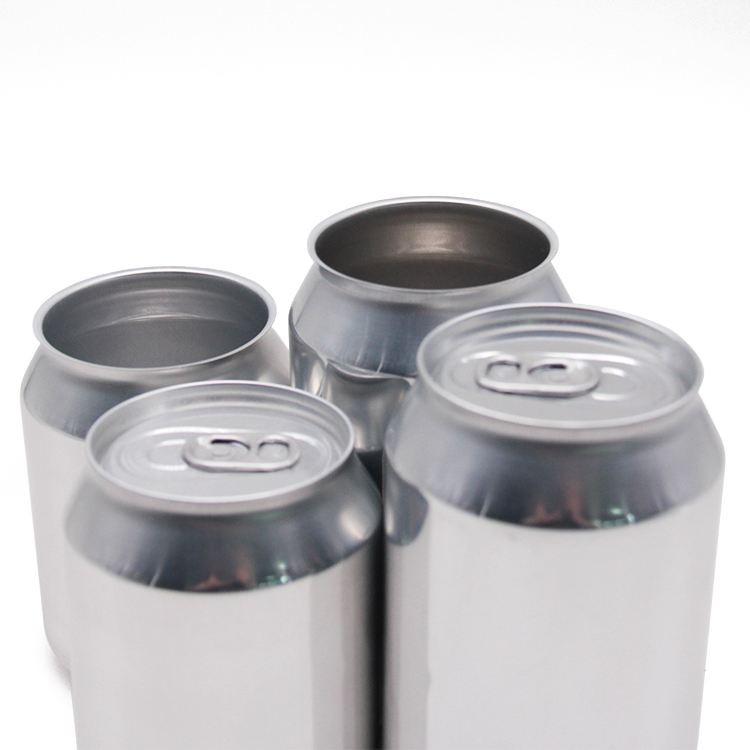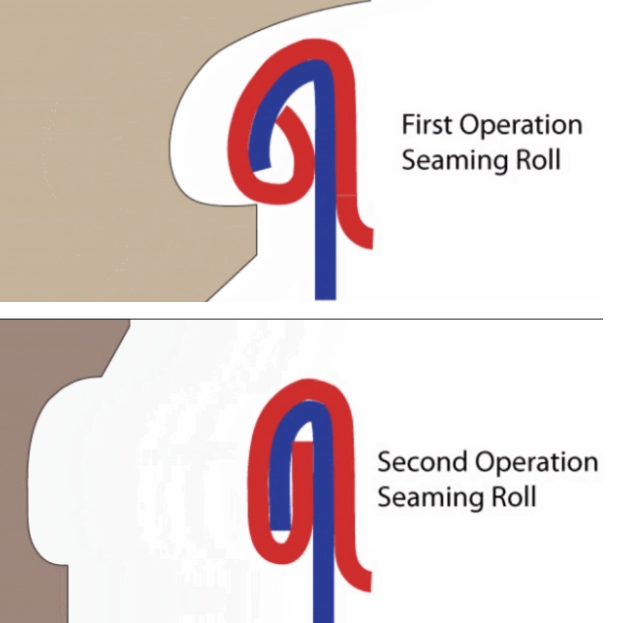What is the raised area found on the rim of an aluminum can?
What is the raised area found on the rim of an aluminum can?
Aluminum cans are a prevalent form of packaging that we encounter regularly, commonly used for a range of drinks and food items.
When consumers pop open a beverage can, their attention typically centers on the ease of the pull tab. However, many overlook the subtle raised metal feature that encircles the can's opening. While it may appear trivial, this design element is a remarkable achievement in contemporary industrial engineering. It serves as both a "safety lock" to seal the beverage and a testament to advancements in materials science, mechanical engineering, and precision fabrication.

The Transformation of Food Preservation: From Iron to Aluminum Cans In the early 1800s, the introduction of metal cans marked a significant shift in food preservation methods. Initially, these cans necessitated the use of tools for opening, leading to a frustrating experience for consumers. It wasn't until 1959, when American engineer Ermal Cleon Fraze created the pull-tab can design, that metal containers gained widespread acceptance. However, these early pull-tab cans still encountered two critical issues: inadequate sealing that resulted in spoilage of drinks and a lack of structural integrity in the can body, making them prone to damage during transport.
The advent of Double Seam Technology marked a pivotal moment
In the diagram below, the aluminum sheet of the can lid is depicted in red, while the aluminum sheet of the can body is shown in blue. When mechanical pressure is applied, the curled edges of both the lid and the body align tightly, creating the initial layer of the curled edge.
Next, additional pressure is applied to create a second layer of the curled edge, which sits within the first layer. This process results in two layers of seals between the can lid and the can body, resembling the structure of a spring roll.

The procedure meticulously bends the metal rims of both the can body and lid into dual layers, creating a mechanically interlocked design. Concurrently, a liquid sealant is applied, culminating in the formation of a raised ring at the top of the can. Statistics indicate that contemporary pull-tab cans have achieved a leakage rate of under one in a million, with the elevated section at the can opening being a key factor in this success.
Structural Analysis
1. Choosing Materials: The Prime Use of Aluminum in Cans Contemporary aluminum cans primarily utilize the 3004 alloy, characterized by a mere thickness of 0.1 millimeters—comparable to that of a human hair. Despite its thinness, this material is capable of enduring internal pressures exceeding 6 atmospheres. Thanks to aluminum's ductile nature, during the stamping and shaping process, the edges of the can's opening can create a curved inward arc through what is known as the “necking process.” This procedure also reinforces the raised area, enhancing its strength as a mechanical support point.
2. Geometric Design: The Industrial Application of Bionics The cross-section of the elevated section of the can's opening reveals a distinctive "Ω" shape, inspired by the engineering principles of arch bridges. Similar to how a stone arch bridge distributes weight through its curved form, the metal extension effectively channels both internal and external pressures—such as those caused by transportation vibrations and temperature-induced deformations—into the side wall of the can. Research indicates that the compressive strength of a can featuring this raised section is enhanced by over 40% when compared to a standard flat opening design.
3. Mastering Production with Nanoscale Accuracy In a rapid manufacturing environment, the process of creating the can opening involves three essential stages: Stamping and Necking: The top section of the can is compressed and reduced in size by a mold to create a stepped design with a narrower diameter; Pre-forming of the Curled Edge: The lid's edge is initially aligned with the body of the can, leaving room for sealant injection; Double Seaming: A precision roller meticulously curls and interlocks the edges of the two metal layers under a force exceeding 500N. Concurrently, the sealant undergoes curing at elevated temperatures, resulting in a sealing strip that measures just 0.3 millimeters in width.
Function Realization
1. Sealing Mechanism: A Combined Shield of Chemical and Physical Properties The sealant, typically made of a composite material like epoxy-phenolic resin, is designed to flow and fill metal gaps when exposed to elevated temperatures. Once it cures, it creates a solid barrier. Additionally, its molecular composition has the ability to adsorb oxygen molecules, which helps prolong the freshness of carbonated drinks for over a year.
2. Mechanical Hub: The Central Point for Pressure Transmission When the body of the can is externally compressed, the elevated design absorbs energy by deforming (much like a car bumper does); concurrently, the internal pressure from carbonation is uniformly distributed through the raised areas, preventing local stress concentrations that could lead to the can bursting. According to measurements, a typical 330ml aluminum can is capable of enduring a vertical force exceeding 90 kilograms.
3. Safety Barrier: The Ultimate Safeguard in Human-Centric Design The elevation of the raised edge, typically ranging from 0.5 to 0.8 millimeters, is meticulously determined to guarantee both ease of use when opening the pull ring and protection for consumers against potential cuts from sharp edges. To enhance the tactile experience, certain premium canned beers incorporate a frosted finish on the raised section.
The protrusion at the opening of the aluminum can embodies humanity’s challenge to the limits of materials, the pursuit of precision manufacturing, and the ultimate concern for user experience. This metal structure, which is less than 1 centimeter in size, reminds us that true technological innovation often lies hidden in those overlooked details.